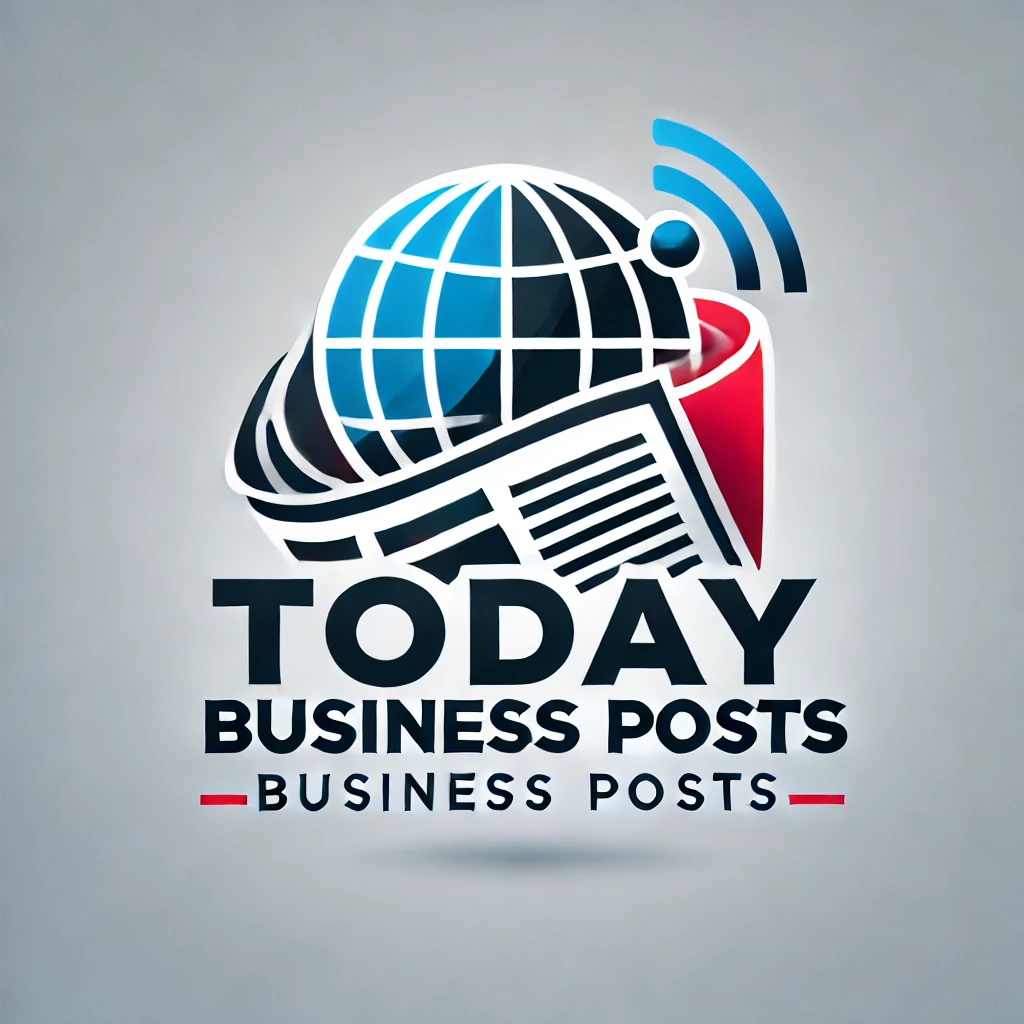Hailstorms can be quite severe, causing significant damage to your roof. If you have a shingle roof, it’s essential to know how to identify hail damage. This guide will help you understand what to look for, and when to call in the experts, like a shingle roof repair company in Austin.
Understanding Hail Damage
Hail damage may not always be obvious. Sometimes, it can be subtle and easy to overlook. Hailstones can vary in size, and their impact can affect shingles differently. Here are the common signs of hail damage to look for:
1. Granule Loss
Shingles have a protective layer of granules. When hail hits the roof, it can dislodge these granules. If you notice bare patches on your shingles, that’s a sign of potential hail damage. Look for granules in your gutters or on the ground below your roof.
2. Dents and Dings
Inspect your shingles for dents or dings. Hail can leave small indentations on the surface of the shingles. Use binoculars to get a closer look without climbing on the roof. If you see numerous dents, your roof may have suffered hail damage.
3. Cracks or Splits
Hail can cause cracks or splits in shingles. These are more severe forms of damage. If you see any visible cracks, it’s essential to address them quickly. Cracks can lead to leaks, causing more damage over time.
4. Curling or Lifting Shingles
Sometimes hail can cause shingles to lift or curl at the edges. If you notice shingles that are not lying flat against the roof, this could indicate hail damage. Lifted shingles can allow water to seep beneath, leading to further issues.
5. Leaks Inside Your Home
If you find leaks inside your home after a hailstorm, your roof might be damaged. Water stains on ceilings or walls can indicate a problem. Check your roof for any signs of damage if you notice these issues.
Safety First
Before inspecting your roof, consider safety first. Climbing onto a roof can be dangerous. If you are not comfortable with heights or unsure about the condition of your roof, it’s best to hire professionals. Many roofing companies near you offer free inspections after a storm.
When to Call a Professional?
If you suspect hail damage, it’s wise to call an Austin shingle roof repair company. They have the expertise and tools to assess the damage accurately. Here are some signs that you should contact a professional:
1. Significant Visible Damage
If you notice any of the signs mentioned above and there’s significant damage, don’t wait. Call for an inspection immediately.
2. Many Missing Granules
If your gutters are filled with granules or your shingles look bare, it’s time to contact a professional. They can determine the extent of the damage and recommend repairs.
3. Multiple Leaks
If you have multiple leaks or water stains, it’s essential to have your roof inspected. Water intrusion can lead to mold growth and structural damage.
4. Age of Your Roof
If your roof is over 15 years old, it may already be weak. Hail can cause severe damage to aging roofs. Schedule a professional inspection to assess any possible damage.
How to Prevent Future Damage?
While you cannot prevent hail, you can take steps to protect your roof. Here are some tips:
1. Regular Inspections – Schedule regular roof inspections. Early detection can save you money and headaches later. Many roofing companies offer annual inspections as part of their services.
2. Keep Your Roof Clean – Remove debris, branches, and leaves from your roof. This helps prevent moisture build-up, which can lead to more damage.
3. Consider Impact-Resistant Shingles – If you live in an area prone to hailstorms, consider upgrading to impact-resistant shingles. They are designed to withstand hail better than standard shingles.
Final Words
Spotting hail damage on your shingle roof is essential to maintaining your home. Regular inspections, understanding what to look for, and knowing when to call in professionals are key steps. If you suspect damage, don’t hesitate to reach out to a roof repair company. Keeping your roof in good condition protects your home and ensures its longevity. By staying proactive, you can prevent minor issues from turning into significant repairs. Always prioritize safety and seek professional help when needed. Your roof is one of your home’s most vital components, so take care of it!
















